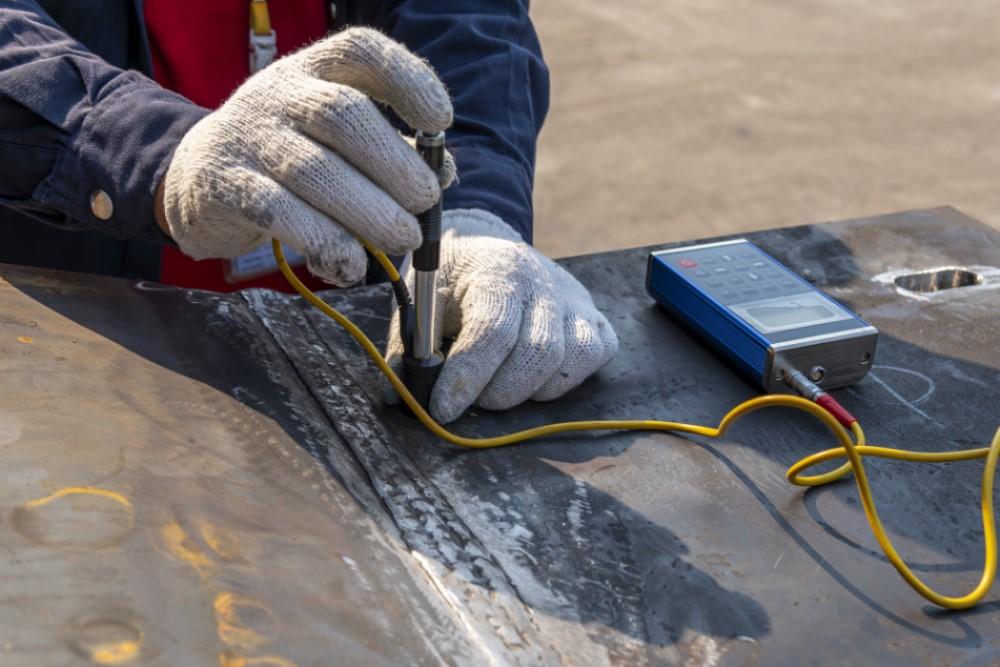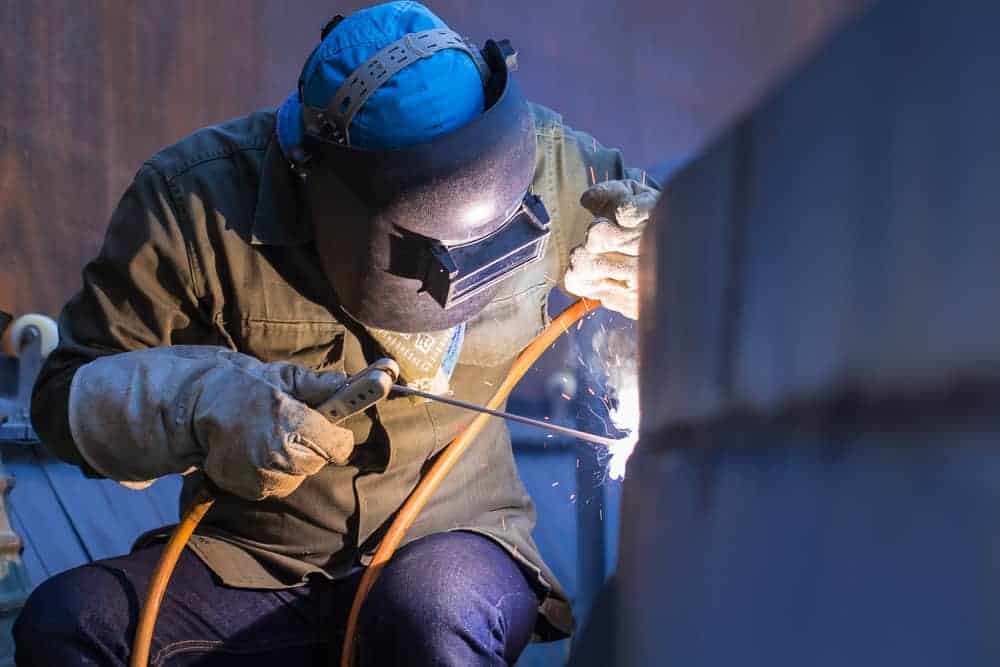Professional Houston Welding Inspection: Making Certain Architectural Honesty and Safety
A Comprehensive Overview to Comprehending Exactly How Welding Assessment Works: Techniques, Requirements, and Finest Practices for Quality Control in Steel Construction
Comprehending the complexities of welding assessment is critical for keeping the integrity of steel construction. Applying best practices can dramatically enhance quality guarantee actions. The landscape of welding examination is not without its challenges.
Relevance of Welding Assessment
Although welding is an important procedure in numerous industries, its stability straight influences the safety and security and performance of parts and structures. Efficient welding evaluation is important for recognizing defects that could endanger the top quality and resilience of bonded joints. This process makes sure adherence to established specs and criteria, which are vital for keeping structural integrity and functional reliability.
Welding examination offers multiple objectives, including confirming that the welding procedure has actually been carried out correctly, analyzing the quality of materials utilized, and validating that the ended up product satisfies regulatory and industry standards (Houston Welding Inspection). With rigorous assessment, potential problems such as porosity, splits, and insufficient blend can be spotted early, reducing and avoiding expensive repair services safety and security threats
Moreover, consistent welding assessments foster self-confidence amongst stakeholders, consisting of designers, customers, and governing bodies, by showing a commitment to quality control. The value of welding evaluation can not be overstated; it is essential not only for compliance with legal requirements but additionally for improving the general performance of welded structures. Eventually, a durable welding inspection program is a positive action that safeguards versus failures, ensuring the durability and reliability of welded components in their designated applications.
Common Welding Examination Methods

Aesthetic evaluation is the initial line of protection, allowing examiners to identify surface issues such as fractures, damages, or incomplete combination. Radiographic screening uses X-rays or gamma rays to disclose internal problems, making it perfect for intricate welds. Ultrasonic testing uses high-frequency acoustic waves to discover subsurface issues, offering specific measurements of weld stability.
Magnetic bit screening is efficient for ferromagnetic products, highlighting surface area and near-surface stoppages when bits are related to a magnetic area. Conversely, color penetrant screening makes use of a liquid dye to expose surface-breaking issues, guaranteeing that even the tiniest imperfections are spotted.
Each method has its limitations and strengths, commonly demanding a mix of methods for comprehensive assessment - Houston Welding Inspection. By applying these evaluation methods, top quality guarantee in steel manufacture is attained, making certain that bonded structures meet safety and performance requirements
Sector Requirements for Welding


The American Welding Culture (AWS) and the American National Specification Institute (ANSI) are two noticeable companies that establish welding criteria. AWS D1.1, for instance, outlines the demands for welding steel frameworks, while AWS D1.2 concentrates on aluminum. Worldwide, the ISO 3834 conventional addresses quality demands for fusion welding, providing a structure suitable across nationwide boundaries.
Best Practices for High Quality Assurance
Quality assurance in welding is critical to achieving safe and durable building and constructions. Implementing ideal practices ensures that every weld meets the required criteria and requirements. Developing a thorough top quality monitoring system (QMS) customized to the certain welding job is vital. This QMS ought to define procedures, roles, and you can check here responsibilities to alleviate dangers and enhance accountability.
Regular training and qualification of welding workers are vital for keeping a knowledgeable workforce. Continuous education and learning on the most recent welding strategies and innovations ensures that examiners and welders are experienced regarding present requirements and practices.
Additionally, performing pre-weld examinations to assess products and equipment can stop flaws before they happen. Houston Welding Inspection. Throughout the useful link welding process, real-time tracking and documentation of welding specifications aid identify variances instantly. Post-weld examinations should include thorough assessments making use of non-destructive testing (NDT) techniques to make certain the integrity of the welds
Moreover, keeping clear communication amongst staff member promotes a culture of quality. Normal audits and testimonials of the welding procedure help determine locations for renovation. By sticking to these finest methods, organizations can achieve optimum quality control, eventually bring about boosted safety and security and efficiency in steel construction tasks.
Obstacles in Welding Assessment
Although welding examination is crucial for guaranteeing structural stability, it provides a range of difficulties that can complicate the assessment process. One significant challenge is the irregularity in welding strategies and products made use of, which can influence the uniformity of weld high quality. Different welders may employ varying approaches, bring about discrepancies that inspectors demand to examine and determine.
One more challenge entails the discovery of flaws. Non-destructive testing (NDT) methods, such as ultrasonic and radiographic testing, can be intricate and call for proficient service technicians to translate results properly. Incorrect positives or negatives can occur, possibly leading to costly rework or endangered security.
Furthermore, the presence of ecological elements, such as temperature and moisture, can influence the integrity of welds and the performance of assessment techniques. Assessors should also browse the regulatory landscape, making certain conformity with industry requirements, which can vary by territory best site and application.
Conclusion
In conclusion, welding assessment plays an important duty in guaranteeing the honesty and security of steel construction. Using a range of examination methods, sticking to recognized sector standards, and carrying out effective top quality management methods jointly enhance the dependability of bonded structures. In spite of the obstacles faced in the examination process, a commitment to constant renovation and adherence to best practices can substantially bolster the high quality assurance framework, promoting higher confidence among stakeholders in the welding market.
Efficient welding evaluation is essential for identifying flaws that could compromise the quality and durability of welded joints.Moreover, regular welding evaluations foster self-confidence among stakeholders, including designers, customers, and regulative bodies, by demonstrating a dedication to quality assurance.The American Welding Society (AWS) and the American National Criteria Institute (ANSI) are two famous organizations that develop welding requirements. Throughout the welding process, real-time surveillance and documentation of welding specifications assist determine variances promptly. Regardless of the obstacles encountered in the examination procedure, a dedication to constant enhancement and adherence to finest methods can considerably reinforce the quality assurance structure, cultivating better confidence among stakeholders in the welding industry.